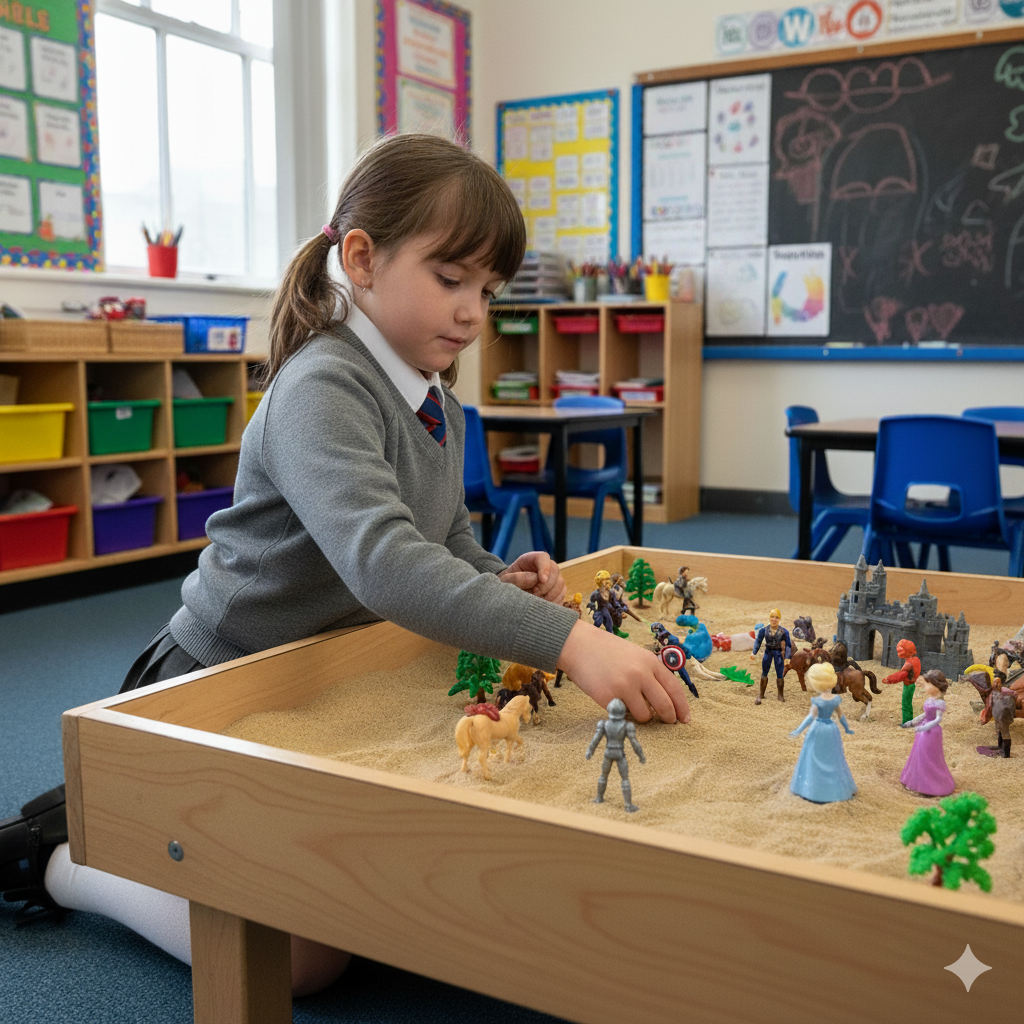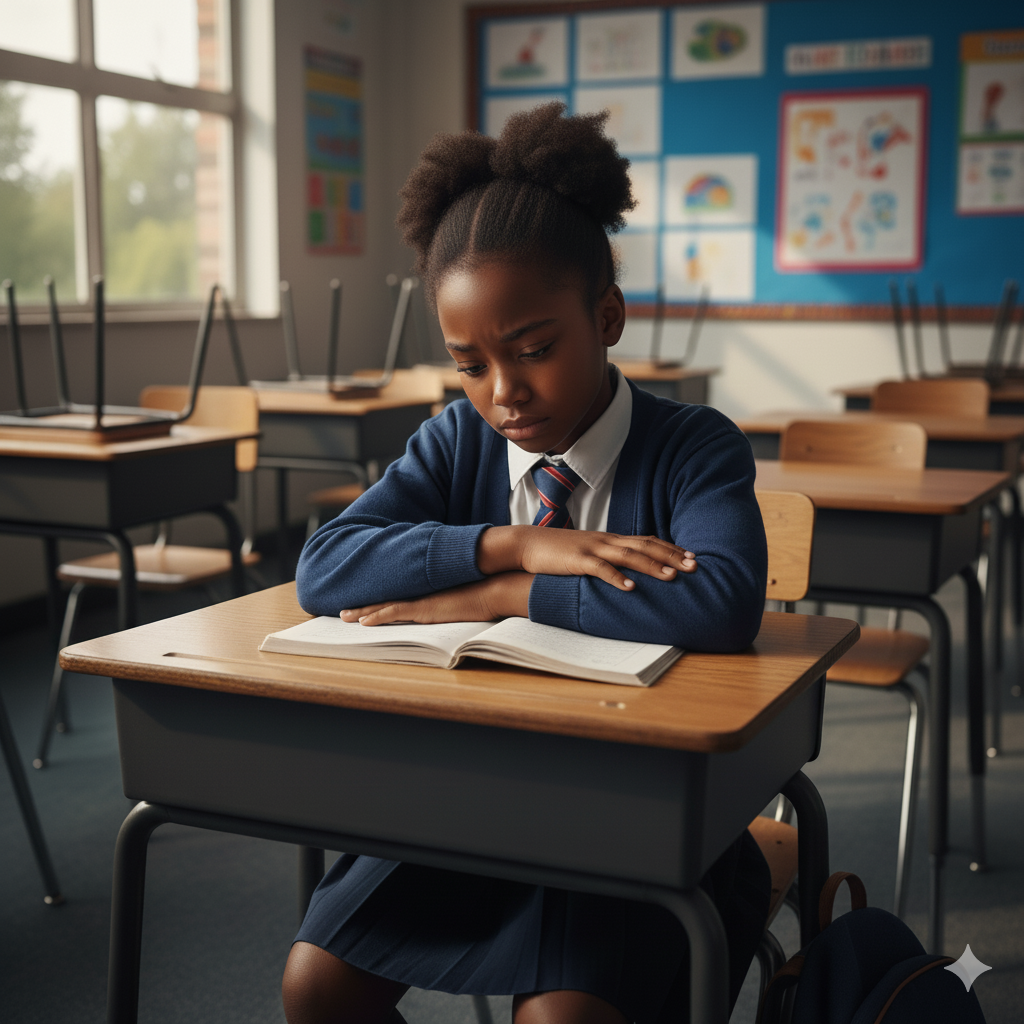
LIFELONG THERAPEUTIC LEARNING:
-
Learn more

Drawing and Talking allows individuals to discover and communicate emotions through a non-directed technique, setting it apart from existing solution-focused and cognitive-based therapies and interventions
Learn more
Creators of a global proactive intervention intended to complement rather than replace the work of Specialist Mental Health Services
Working with vulnerable
-
Courses
Drawing and Talking has proved invaluable with secondary aged students who find it difficult to talk about their emotions.

Our team's commitment to high quality services provides you with peace of mind.
Individuals
Creators of global proactive intervention intended to complement rather than replace the work of Specialist Mental Health Services.
Organisations
In-house training days are the most cost effective way to train groups of 20 or more staff in the Drawing and Talking therapeutic technique. We offer both Zoom and in-person options.
- Blog
-
Practitioners
In our 20-year history, we have built a community of 20,000 Drawing and Talking Practitioners.
Our Drawing and Talking Practitioners are committed to high-quality therapeutic support. Our Accredited Practitioners maintain an active Drawing and Talking Membership, which includes regular CPD and supervision and coaching. This ensures safe, reflective and effective practice.
- Contact us
- Book now
Create a Sense of Safety

Professional Development Newsletter: Issue 3
Have you ever wondered how you can create a sense of safety during your Drawing and Talking sessions?
I’m going to share a really useful and practical exercise which you can immediately put into practice.
Take a minute to reflect on your work as a practitioner.
Is creating safety in your work an area of strength, or perhaps do you need some more strategies for helping clients feel safe after trauma?
Dr Bessel Van Der Kolk (the world-leading expert in trauma) says:
“A lot of [practitioners] think, if I’m just nice to this person, they’ll get a feeling of safety. I am not of that school.
Particularly because of neuroscience, we know how these elementary fear systems of the brain are continuously activated. And the notion that therapists consistently think about themselves – I can make a person feel safe – is really a misunderstanding.
You actually may be a major trigger for somebody if the person who abused them was smiling just before the abuse took place, their brain is set to be very suspicious to people who are nice to you or are friendly to you.
The issue is more about helping people to feel safe in their own bodies and to tolerate the presence of another person rather than, let me inflict my goodness on you.”
Many of you know that I operate my own private practice in Drawing and Talking, and when I have a new client who I know has experienced some kind of traumatic event in their life, a practice which I have adopted which is now one of the absolute first things that I think of is choice.
Remember that during trauma, choice is lost, because the trauma happens to the individual. Something from the outside injures them, violates them in some way and they have lost their control.
So when delivering Drawing and Talking, or other interventions, re-establishing choice from the start is essential. Even in smaller, more subtle ways, like when a client comes into my practice room, something I very often say is “where would you like to sit?”, as opposed to me dictating where they sit in the room.
When they experience, with you as the practitioner, that choice is being offered to them and that they’re in charge, that starts to stimulate inner security.
In these moments (however small or subtle it may consciously seem) when you’re demonstrating trust in the client’s own healing power, that starts to establish and strengthen the therapeutic relationship that they can begin to rest in that you know that answer, that solutions, are inside them.
Remember Jung talks about human’s inner solutions embedded within the collective unconscious, the internal solutions to external problems.
As practitioners, we all have a set of principles, whether they’re conscious or unconscious, that we take forward and form part of our work with clients. For me, and as Drawing and Talking Practitioners, one of those principles is the belief and trust that the collective unconscious holds solutions developed over millennia, and as humans, we have the ability to solve the problems we have faced time and time.
I hope you find this useful with your clients.
Marcus Adams - Senior Training and Quality Assurance Lead
Latest news
February 15, 2021
February 15, 2021



